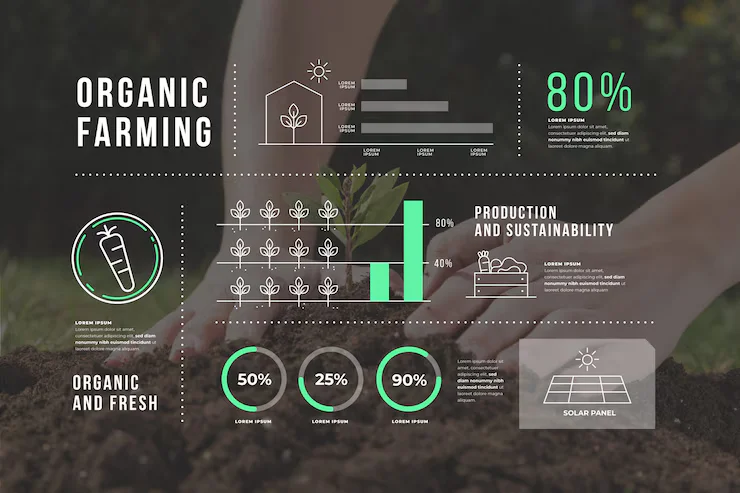Discover how Monitoring and Evaluation in agriculture boosts sustainable farming, increases food security, and promotes climate-smart practices across Africa.
Why Monitoring and Evaluation in Agriculture Matters
Agriculture is central to Africa’s development, yet many agricultural initiatives fail to achieve lasting impact. The key differentiator between success and failure is often not funding but the presence of strong, structured Monitoring and Evaluation in agriculture.
Effective M&E systems provide the data, feedback, and adaptive management tools needed to make interventions more context-specific, climate-resilient, and equity-focused. This article explores how M&E improves every phase of agricultural programming from design to impact reporting.
1. Designing Smarter Interventions Through Evidence

Before planting begins, a robust M&E system starts with baseline surveys and community consultations. Tools like Participatory Rural Appraisal (PRA) and GIS mapping help answer key questions:
- What farming systems dominate?
- Who are the most vulnerable farmers?
- How do weather and soil profiles affect crop selection?
This ensures agricultural development is driven by local realities, not assumptions.
2. Measuring Results with SMART Indicators
Through Logical Frameworks and Results-Based Management, M&E links project activities to outcomes using SMART indicators like:
- 30% increase in crop yield per hectare
- 80% adoption of regenerative agriculture practices
- 50% decrease in post-harvest losses
These metrics enable donors and governments to track impact and adjust strategies in real time.
3. Climate-Smart Agriculture Monitoring
Farming is both impacted by and contributes to climate change. M&E tracks environmental indicators that help projects remain sustainable, such as:
- Soil carbon levels
- Water-use efficiency
- Agroforestry’s carbon sequestration
These data-driven insights support resilient farming and protect natural ecosystems.
4. Real-Time Feedback for Agile Programming

Digital platforms like KoboToolbox and SurveyCTO enable real-time data collection. This agility allows:
- Quick detection of pest outbreaks
- Reallocation of inputs during droughts
- Timely training when market prices shift
Adaptive management is no longer a luxury it’s a necessity in today’s volatile agricultural landscape.
5. Ensuring Equity and Social Inclusion

M&E in agriculture also functions as a social justice tool. Disaggregated data by gender, age, and disability status helps spotlight inequality. Tools like Community Scorecards drive transparency and citizen feedback.
Benefits include:
- Preventing elite capture of subsidies
- Measuring participation of women and youth
Enabling corrective action in program delivery
6. Aligning Local Actions with Global Goals
M&E helps projects feed into broader global frameworks like:
- Sustainable Development Goal 2: Zero Hunger
- FAO’s Food Systems Pathways
- GAFSP agricultural investments
This global alignment helps secure funding, strengthen accountability, and amplify success stories.
Case Study: Rwanda’s Crop Intensification Program
M&E uncovered why rising fertilizer usage was not translating to better yields: soil composition and lack of training were overlooked. In response, the program:
- Developed customized fertilizer blends
- Delivered site-specific extension services
Result: 30%improvement in maize yield over two years
Conclusion: Data is the New Fertilizer
Monitoring and Evaluation in agriculture isn’t just about reports it’s about ensuring every dollar, seed, and drop of water is well-spent. From improving targeting to driving innovation, M&E is the backbone of smarter, more inclusive farming systems.
Want to build resilient, high-impact agriculture programs?
Partner with Insight and Social to develop world-class Monitoring and Evaluation systems for food security, farmer empowerment, and climate-smart agriculture.





